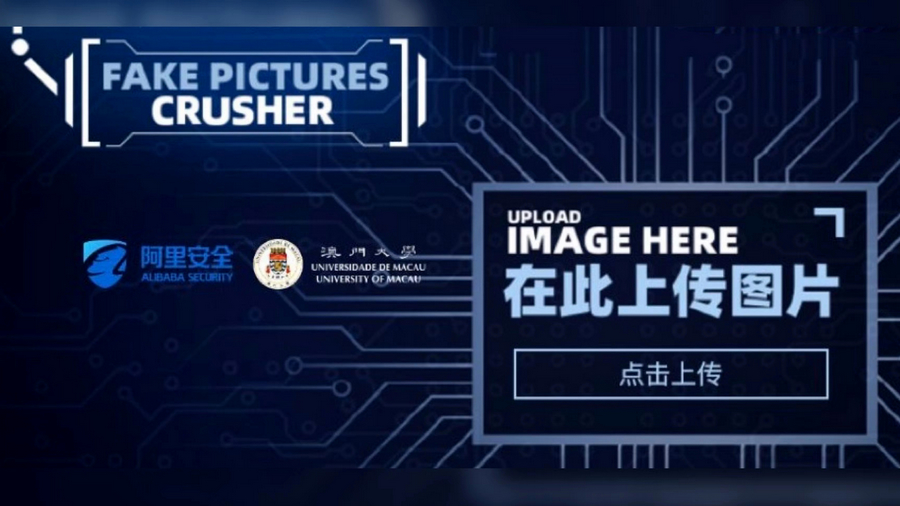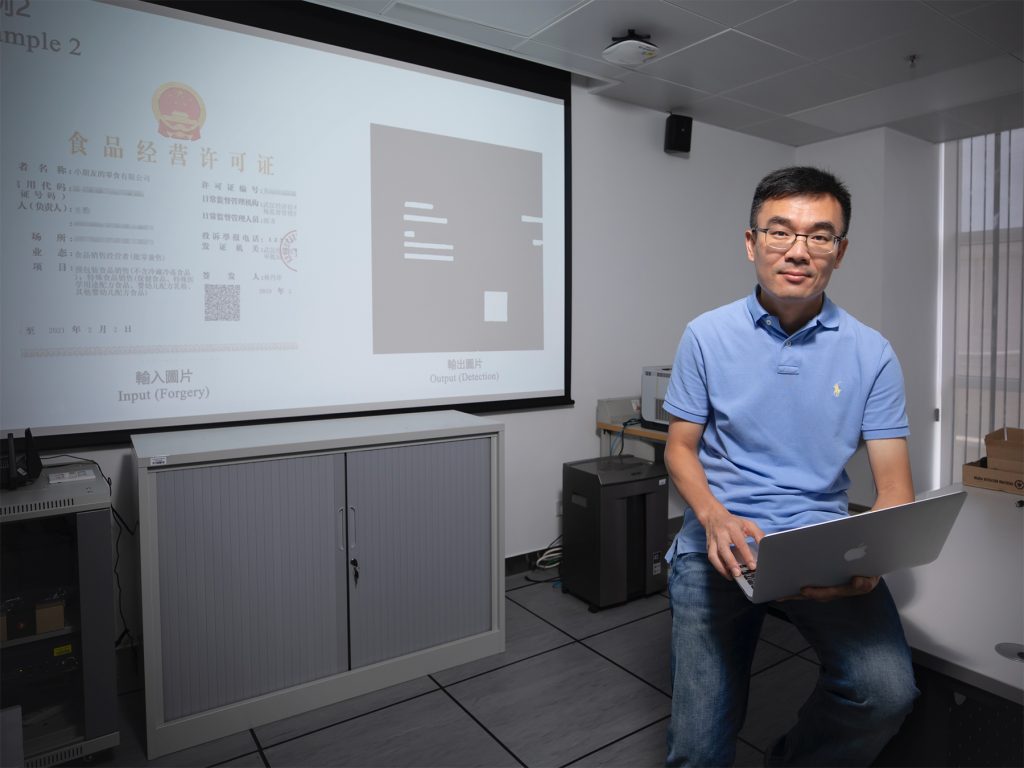To raise the awareness of online security among internet users, researchers from the University of Macau (UM) and a technical research team of Alibaba Security have jointly developed Fake Pictures Crusher, an image tampering detection technology, and has made it available to the public. It is expected that this technology will help to promote the development of innovative technology and provide solutions for relevant social problems. The techniques involved will be presented at the IEEE/CVF Computer Vision and Pattern Recognition Conference (CVPR), a top conference in the field of artificial intelligence with an acceptance rate of about 5 per cent.
Technology has made image tampering a breeze and fake electronic documents indistinguishable from the real ones. According to Zhou Jiantao, associate professor in the State Key Laboratory of the Internet of Things for Smart City and interim head of the Centre for Artificial Intelligence and Robotics of UM, internet users often encounter people using fake images, and it is difficult for ordinary people to distinguish whether the images are real or fake. Although the technology is not yet 100% accurate, he expresses hope that making this technology available to the public will help promote the development of innovative technology and provide solutions for relevant social problems, adding that this is the value of this research study. By opening up some of the detection techniques, he also hopes to attract fellow researchers to participate in image tampering detection research.
At present, most academic studies on image tampering detection focus on natural image tampering detection rather than non-natural images. However, the fake images that pose a risk of loss are usually documents such as qualification certificates and electronic documents. The accuracy of existing tampering detection methods is significantly reduced when directly applied to these new types of images. For this reason, researchers from Alibaba Security and UM have been conducting research into the identification of tampering traces on non-natural images.
To view the full-version of the study, please visit http://surl.li/cedlq.
Those who would like to use the Fake Pictures Crusher, please visit: http://antifake.s.alibaba.com/#/
Source: Communications Office
Media Contact Information:
Communications Office, University of Macau
Albee Lei Tel: (853) 8822 8004
Cathy Cheang Tel: (853) 8822 8009
Email:prs.media@um.edu.mo


